HANA Express and VisionX
HANA Express is available for some days. HANA is the In-Memory Database solution of SAP.
What is HANA Express?
SAP HANA, express edition is a streamlined version of SAP HANA that can run on laptops and other resource-constrained hosts, such as a cloud-hosted virtual machine, for free up to 32G of memory use.
reference: https://go.sap.com/developer/topics/sap-hana-express.html
We wrote an article about our HANA experiments in December 2014. We had a test account for the online HANA. Our tests were successful but we weren't convinced from the system because it was slow and had many JDBC driver problems. Our bug reports were never answered.
But we never give up and the Express edition was interesting for us. We thought it might be worth some hours for our R&D team. The result is awesome!
We think that VisionX is the best tool for application development with HANA databases. Your web application is ready in 1 minute without coding!
Some details?
The installation of the Express edition wasn't tricky. The documentation is straight forward. The database is up and running in some minutes.
We had some problems with JDBC driver because it wasn't available as separate download and we didn't find any documentation. But it was part of the HANA plugin for Eclipse. Not that easy, but it was part of a jar file: com.sap.ndb.studio.jdbc_2.3.8.jar.
The next tricky thing was the JDBC connect string: jdbc:sap://hxehost:30013/?currentschema=System. The username was SYSTEM.
With all this information, it was super easy to create an application with VisionX for HANA express. We guess it makes no difference if you use HANA or HANA express.
How it works? Check the video. It's from 2014 but still impressive.
The current JDBC driver works much better than in 2014 and the performance of the database is great - compared to 2014.
If you're interested in more details, write a comment ![]()

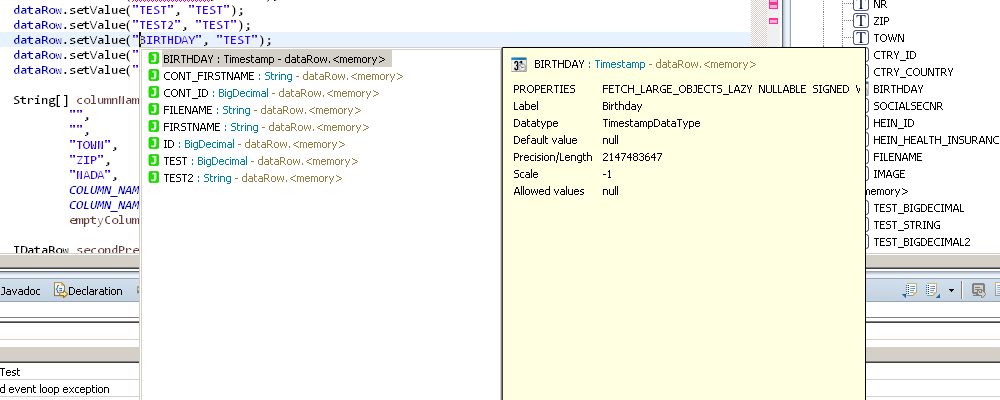
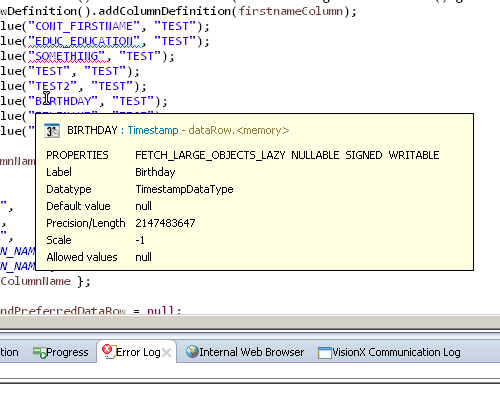
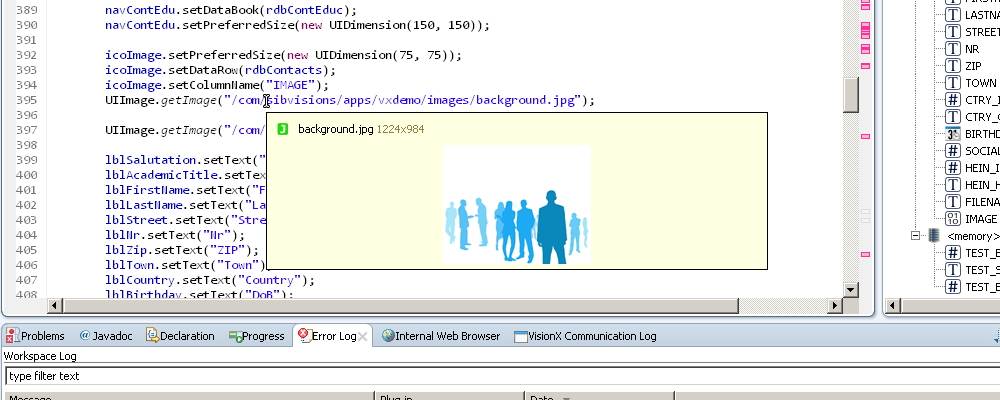
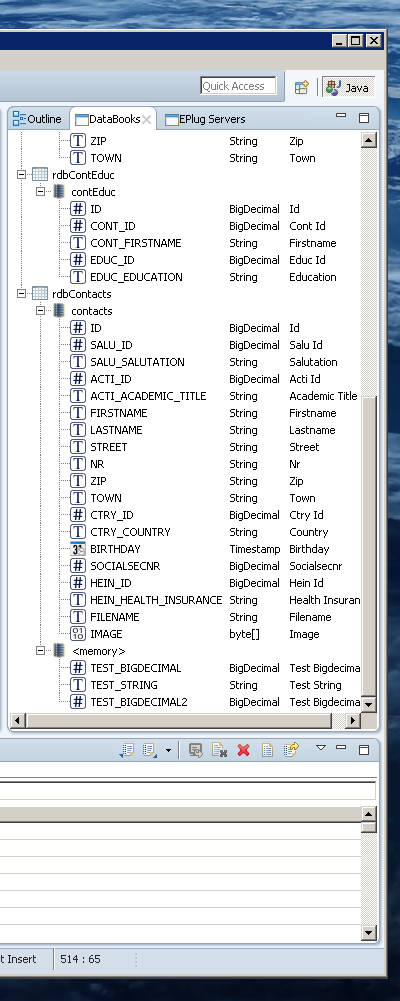
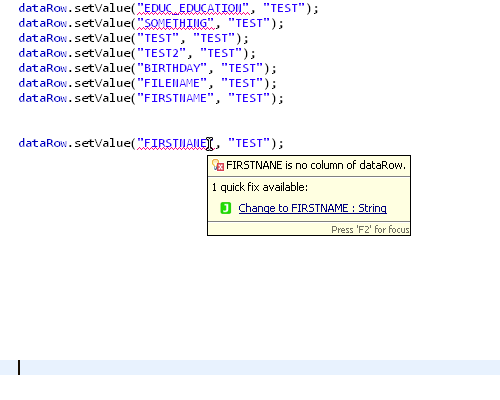
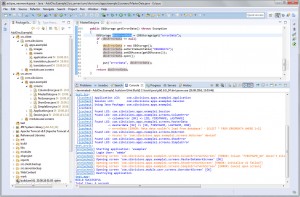
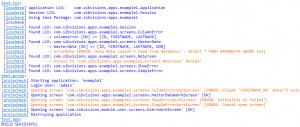
 RSS-Feed
RSS-Feed